Andrew Wyeth is probably America’s best-known artist. His paintings are enormously popular but his achievement is controversial. Over his long career, he has mostly stood apart-sporadically celebrated, often taken for granted, sometimes ignored, seldom studied in depth. It has been more than three decades since Wyeth’s huge body of work has received concentrated shcolarly attention.
Andrew Wyeth American Painter 1917-2009
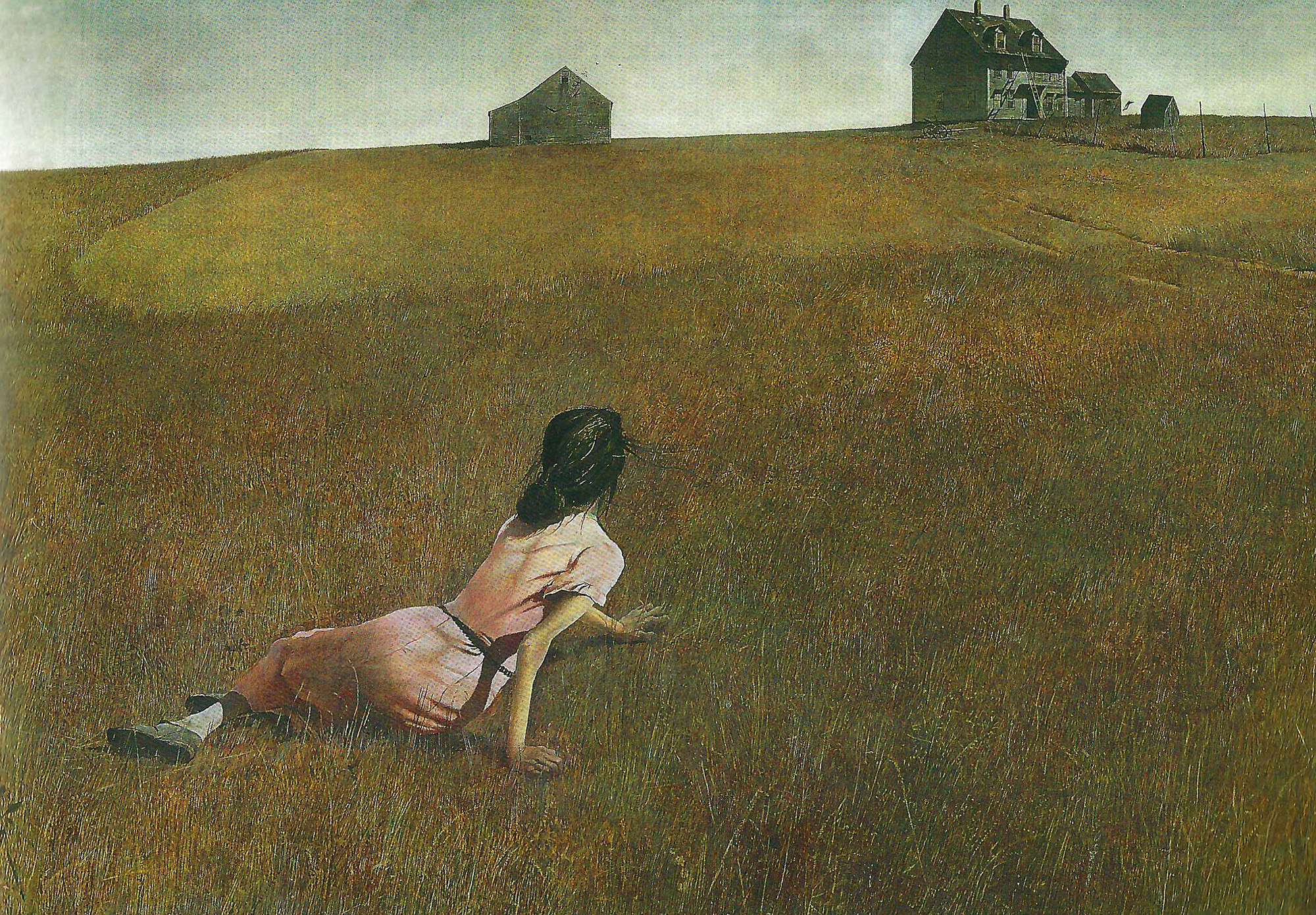
Andrew Wyeth "Christina's World" (1948). Tempera on gessoed panel. Museum of Modern Art, New York
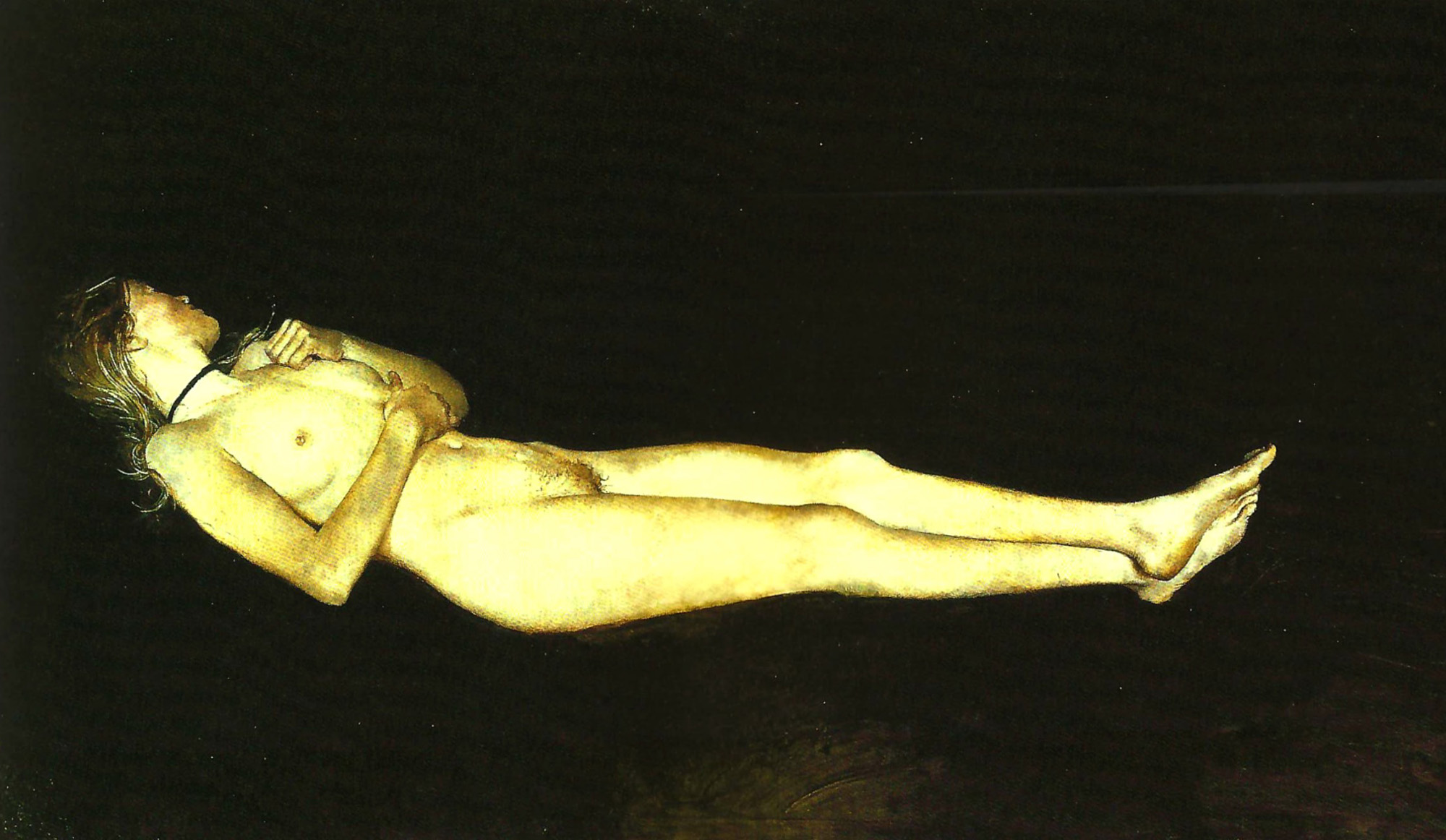
Andrew Wyeth "Black Velvet" (1972). Drybrush on paper
Wyeth,s processes of painting the figure are not very different from his approach to landscape and interiors. Some portraits are painted as if they are human still lifes. Indeed, the iconic Christina’s vVorld may be viewed as a monumental figurative still life. Wyeth has also portrayed parts of the body, items of clothing, or familiar objects as surrogates for people. Often, things carry explicit biographical associations.
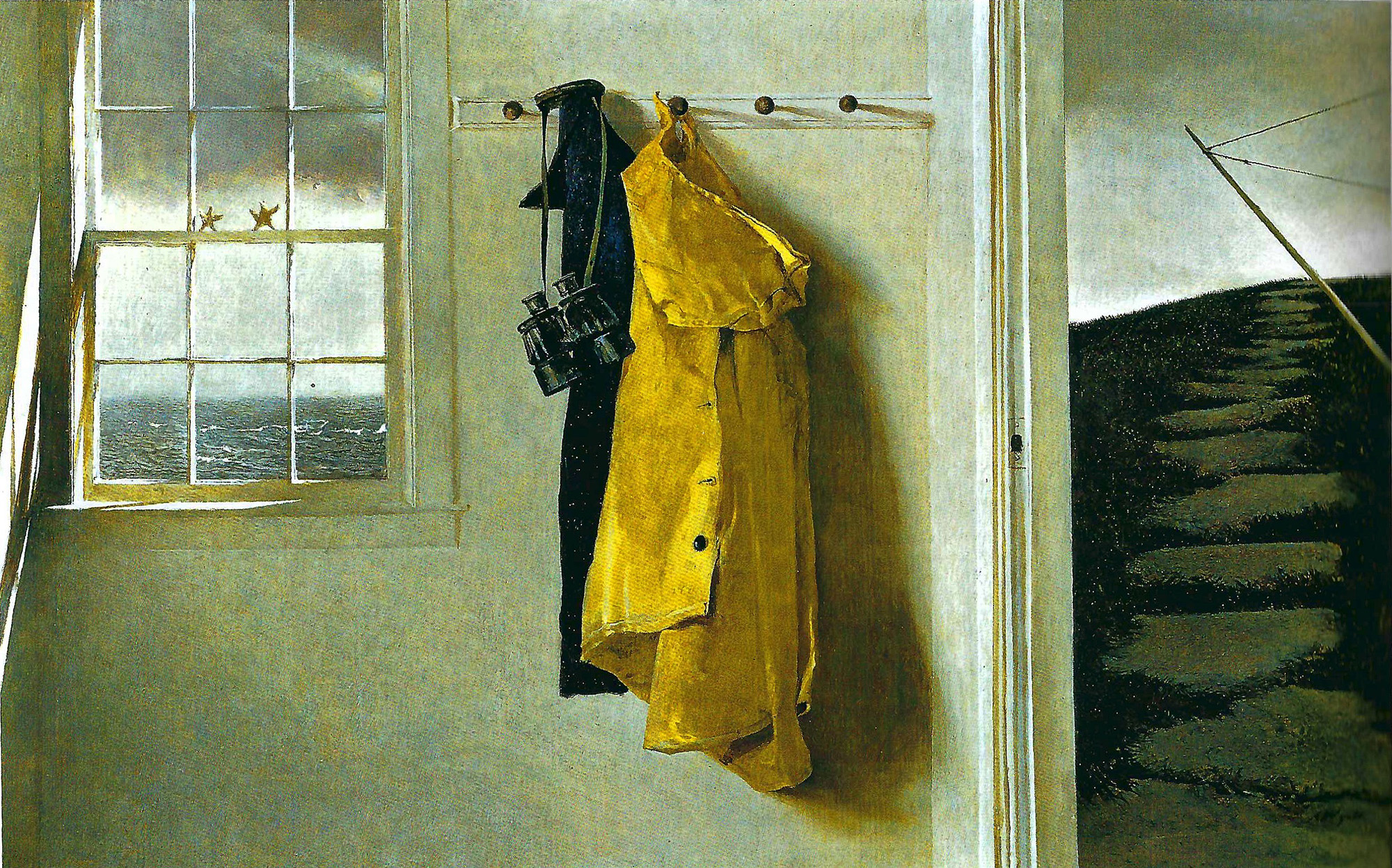
Andrew Wyeth "Squall" (1986). Tempera on panel
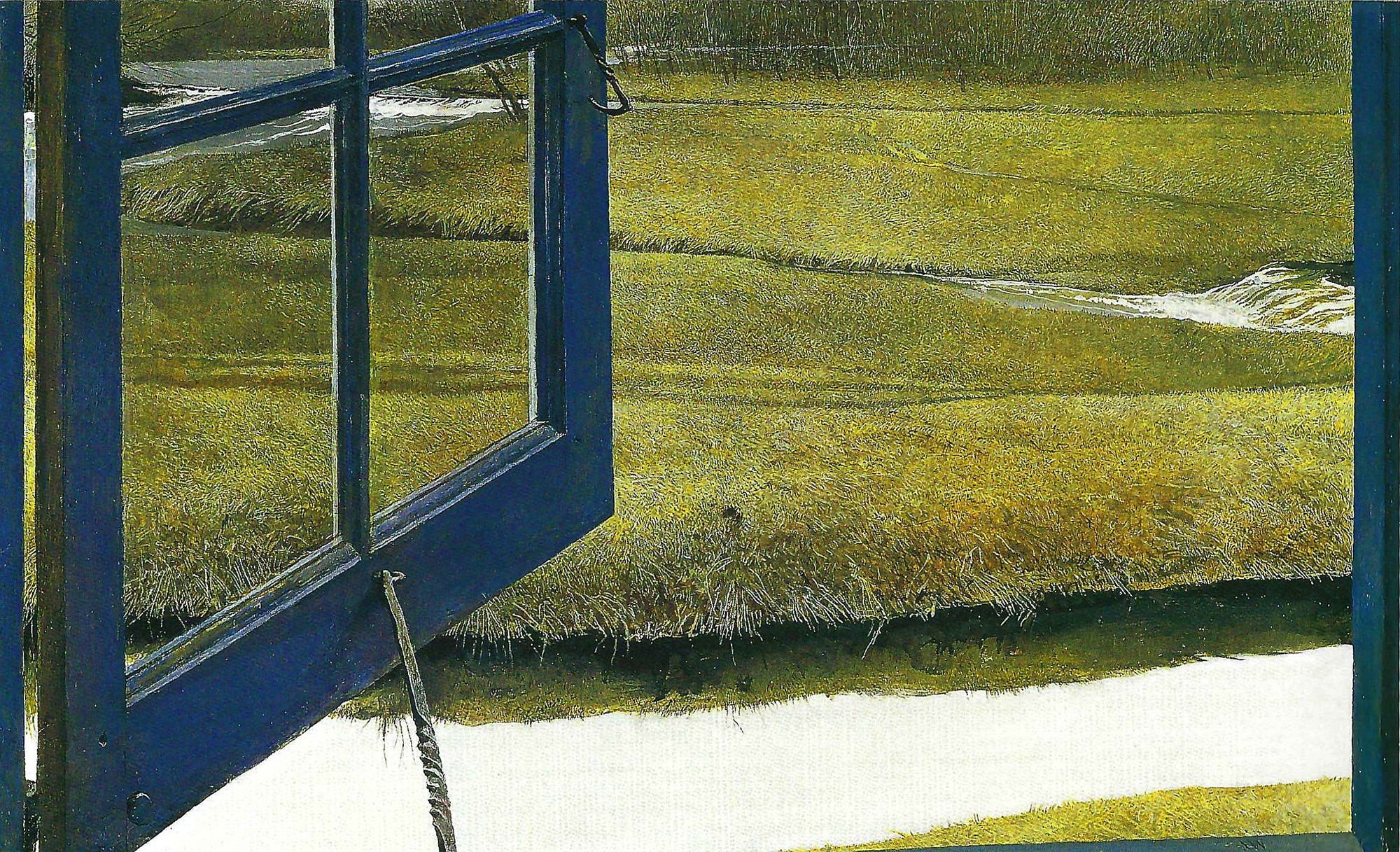
Andrew Wyeth "Love in the Afternoon" (1992). Tempera on panel
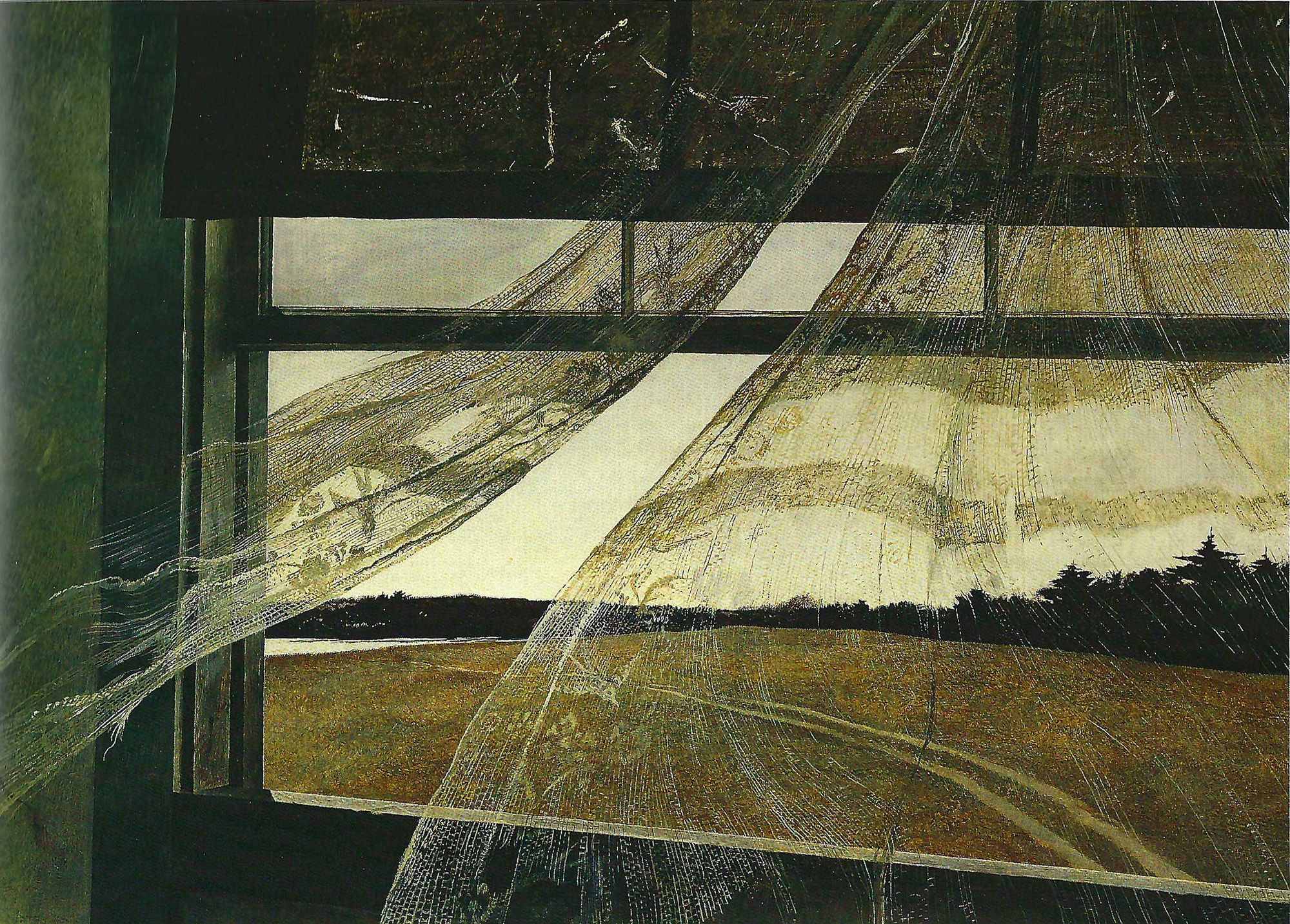
Andrew Wyeth "Wind from the >Sea" (1947). Tempera on Masonite
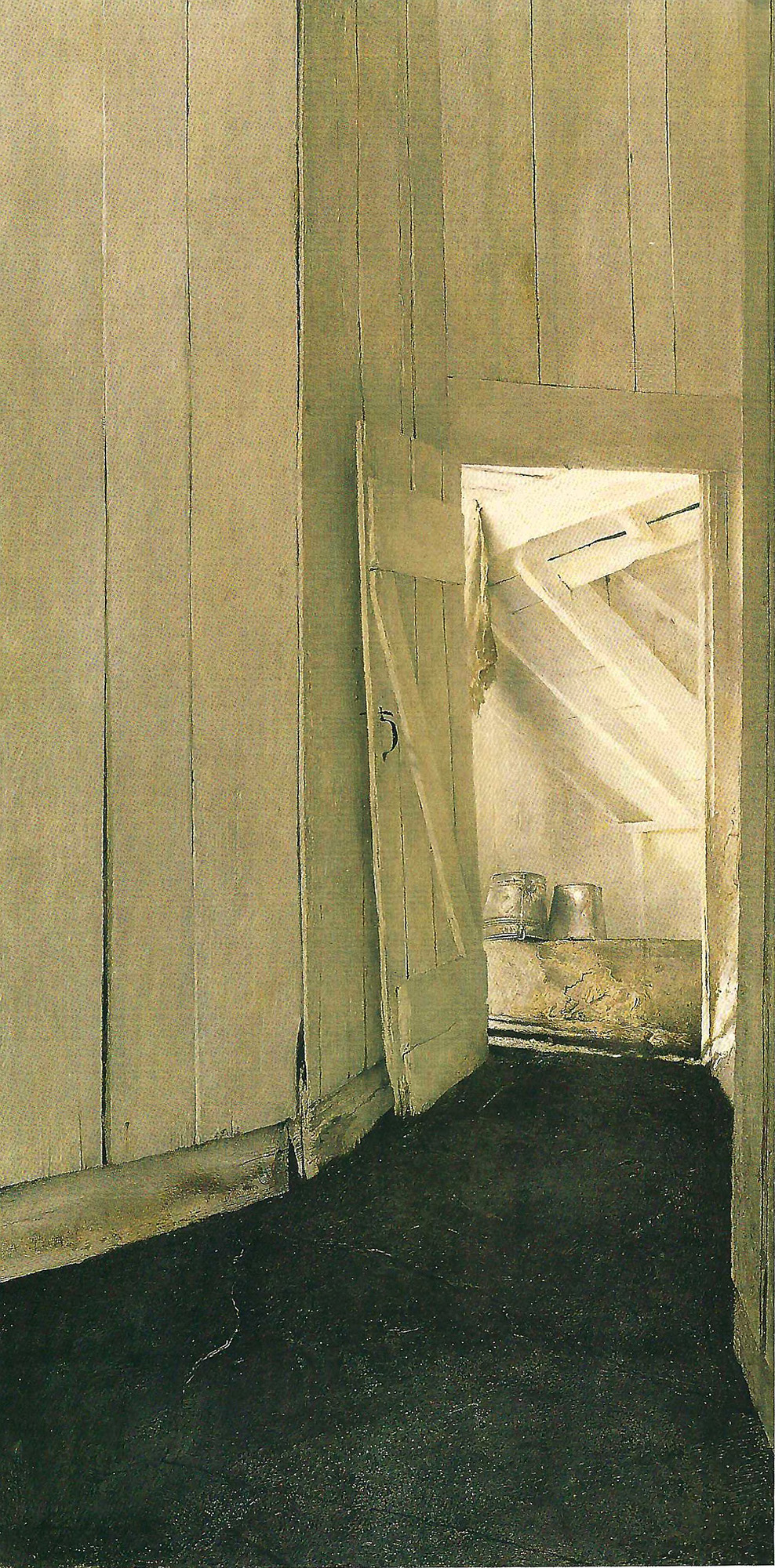
Andrew Wyeth "Cooling Shed" (1953). Tempera on panel
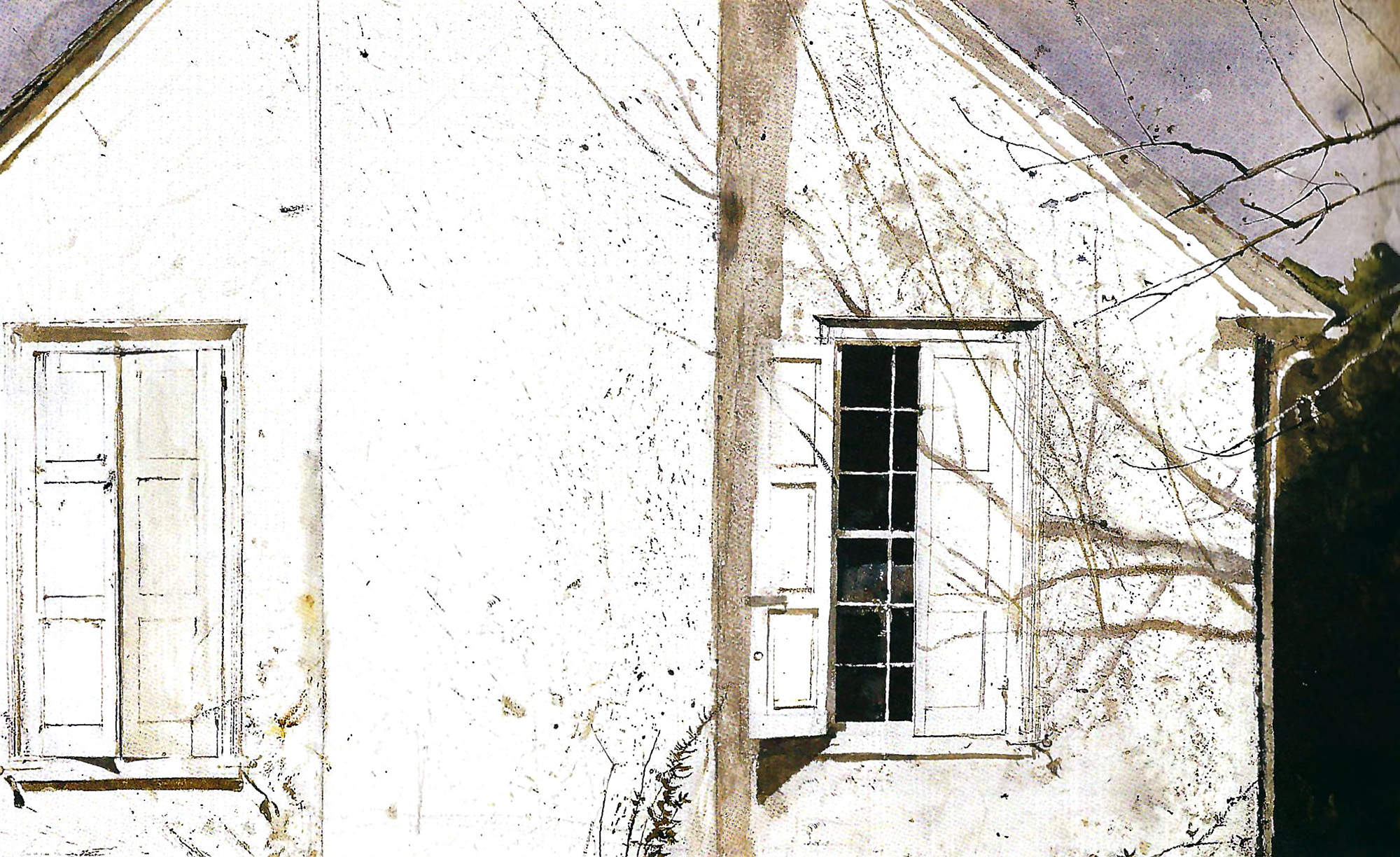
Andrew Wyeth "Open Shutter, Study for My Studio" (1974). Watercolor on paper
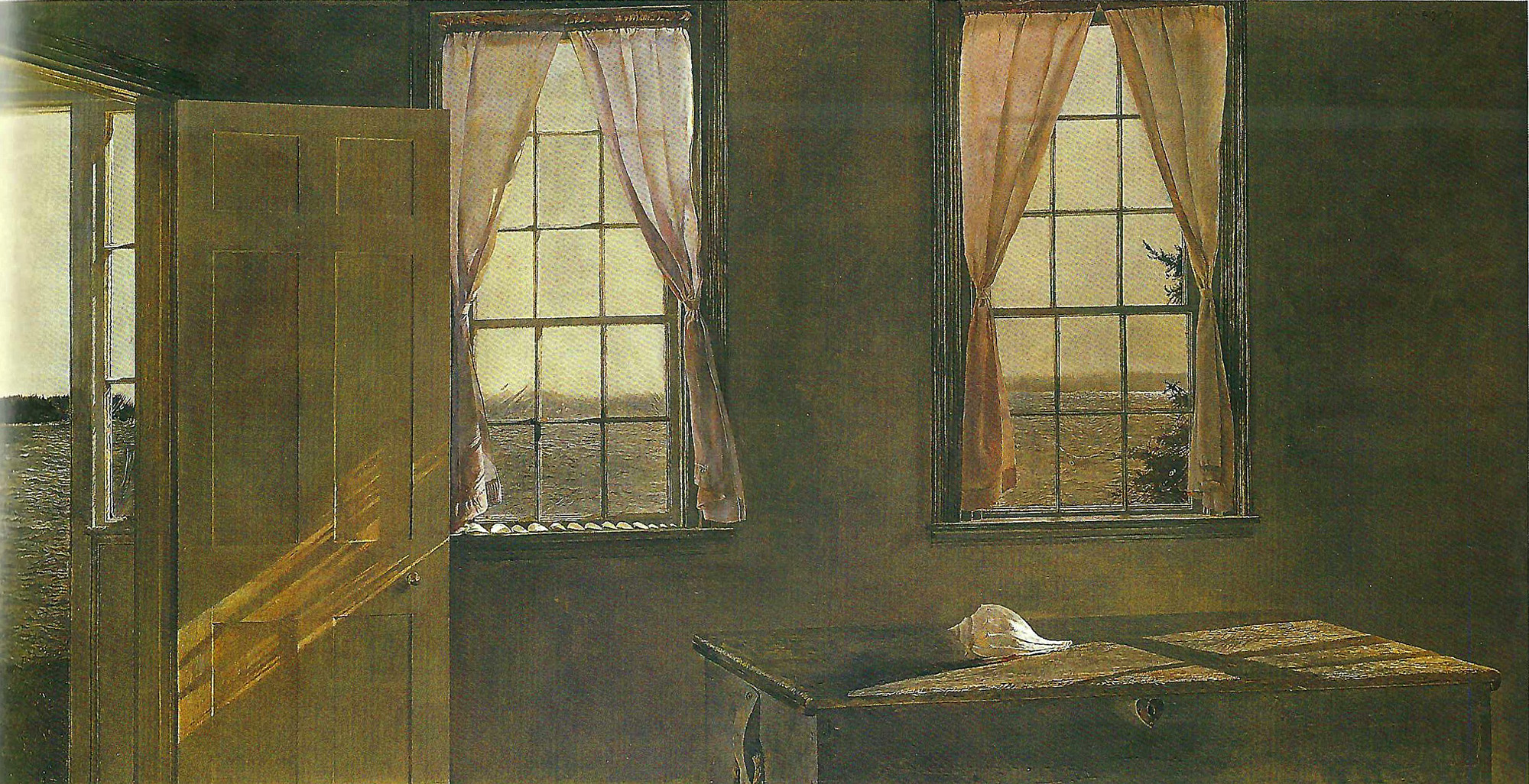
Andrew Wyeth "Her Room" (1963). Tempera on panel
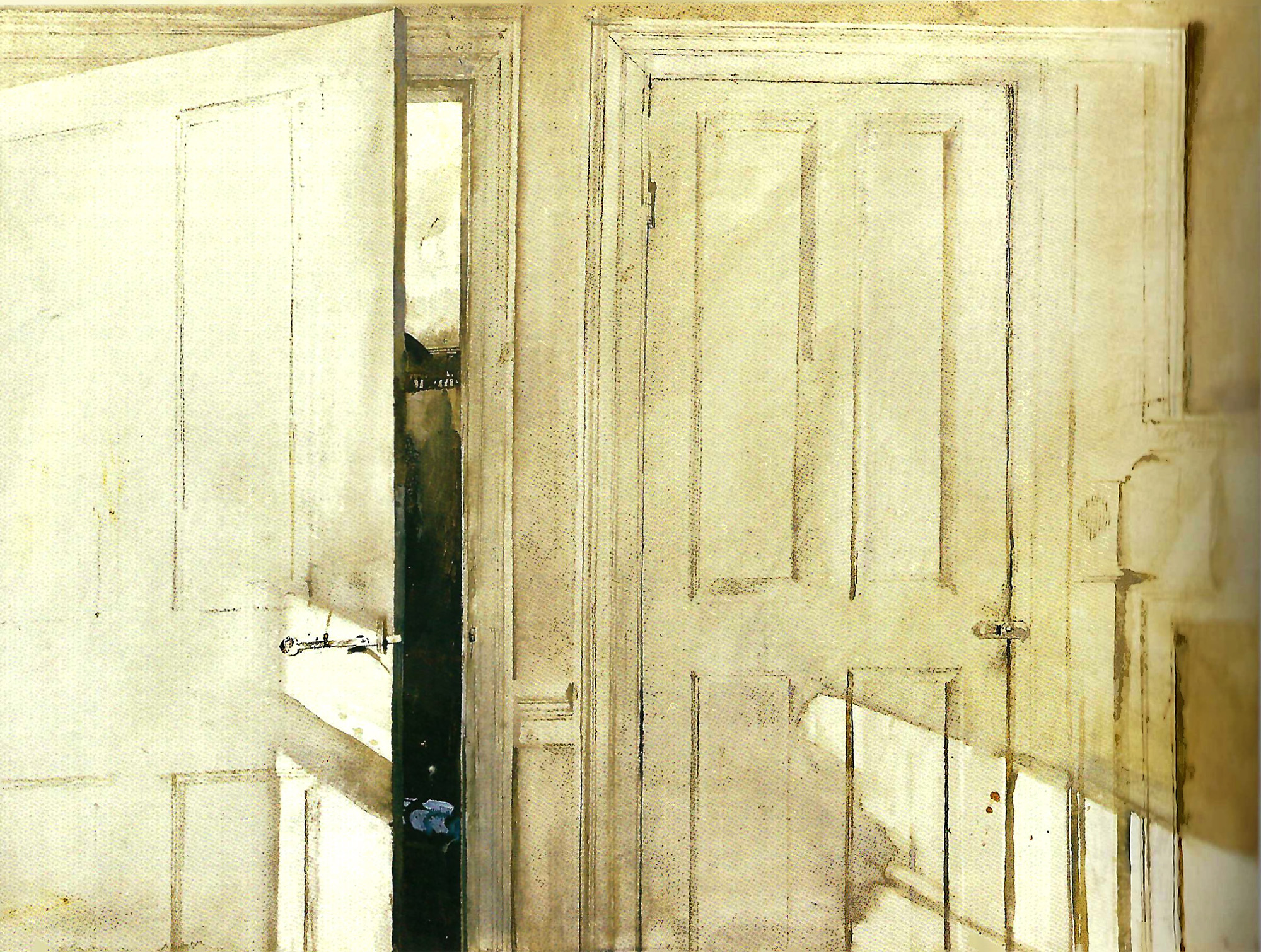
Andrew Wyeth "Open and Closed" (1964). Watercolor on paper
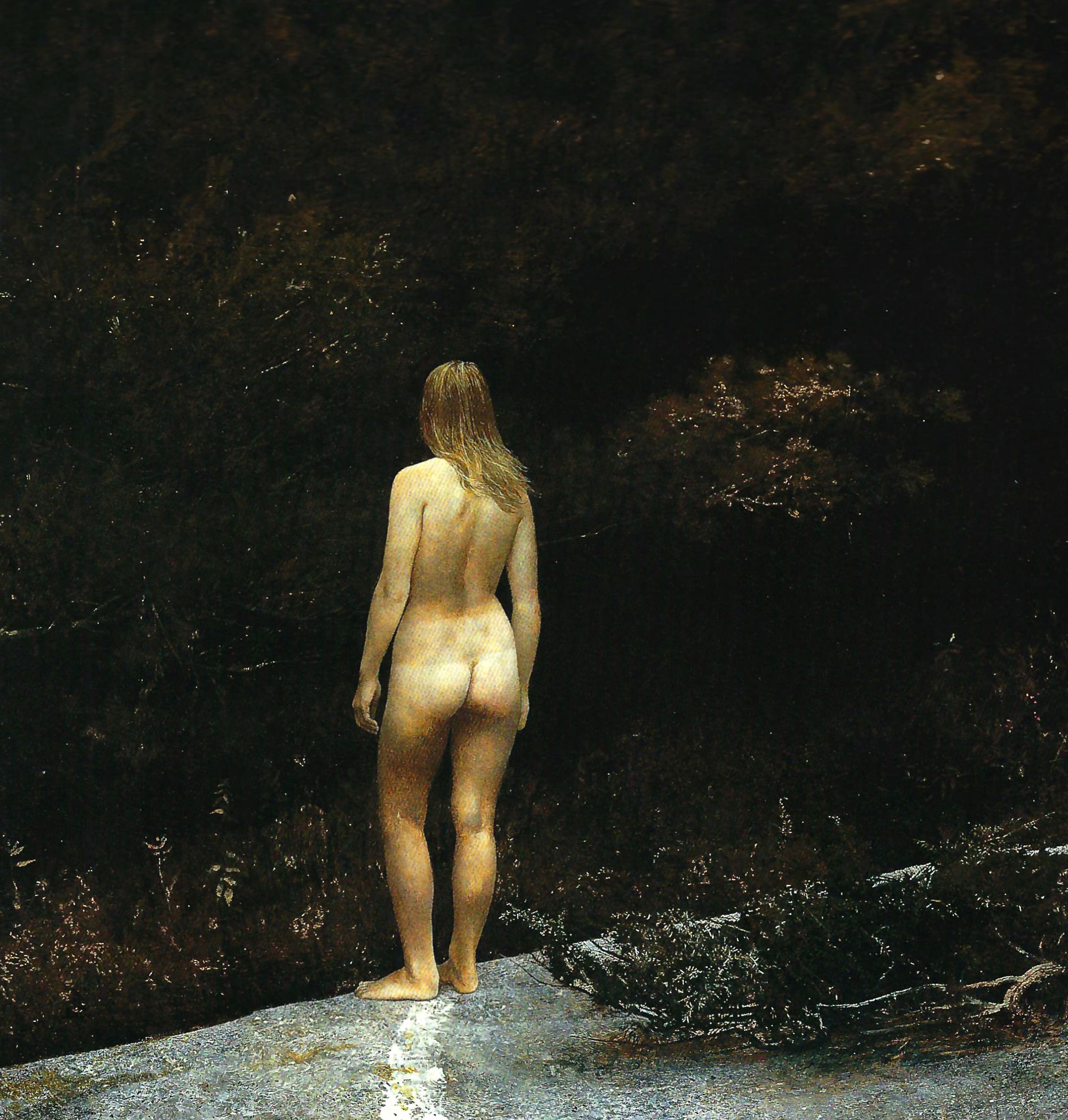
Andrew Wyeth "Indian Summer" (1970). Tempera on panel
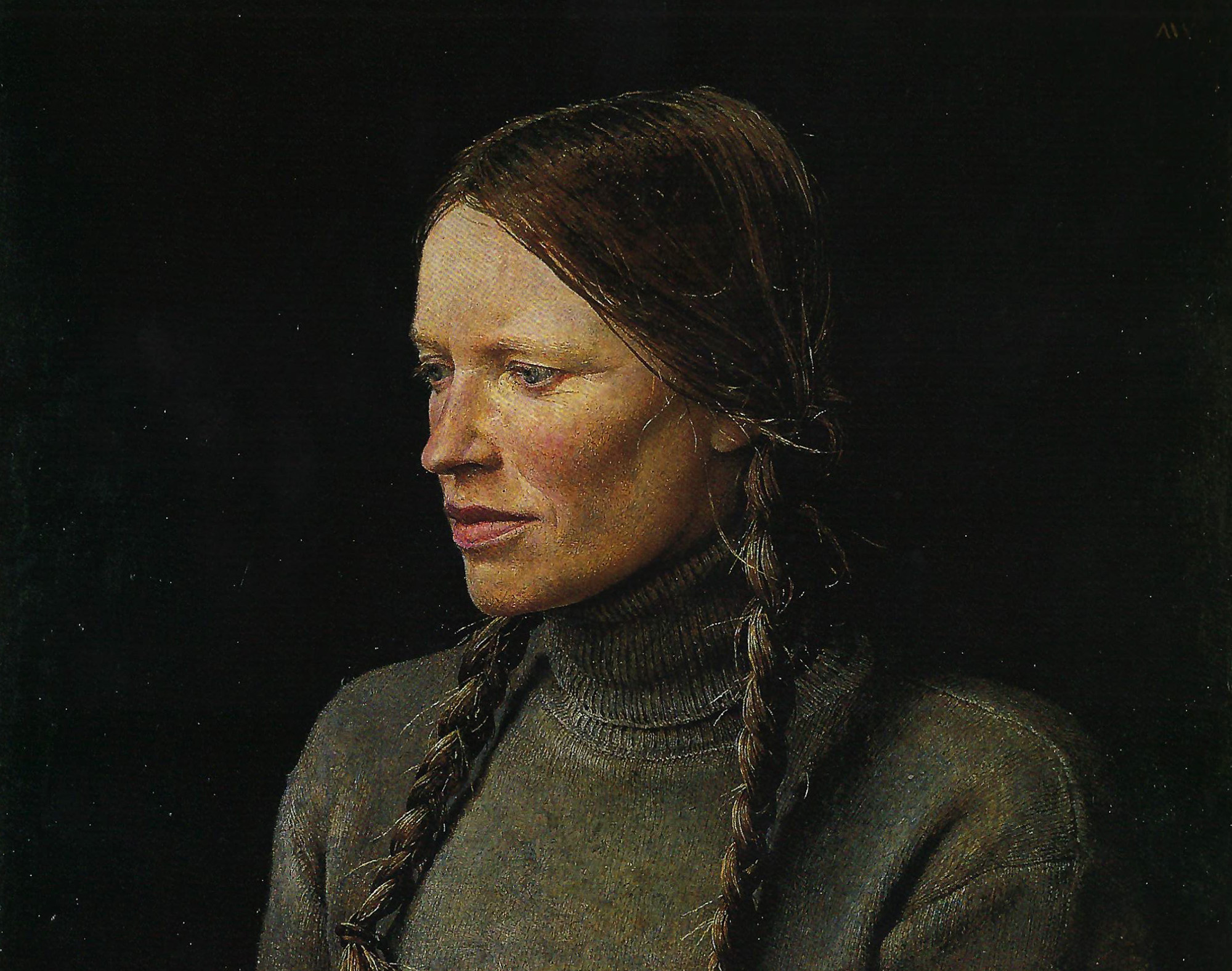
Andrew Wyeth "Braids" (1977). Tempera on panel
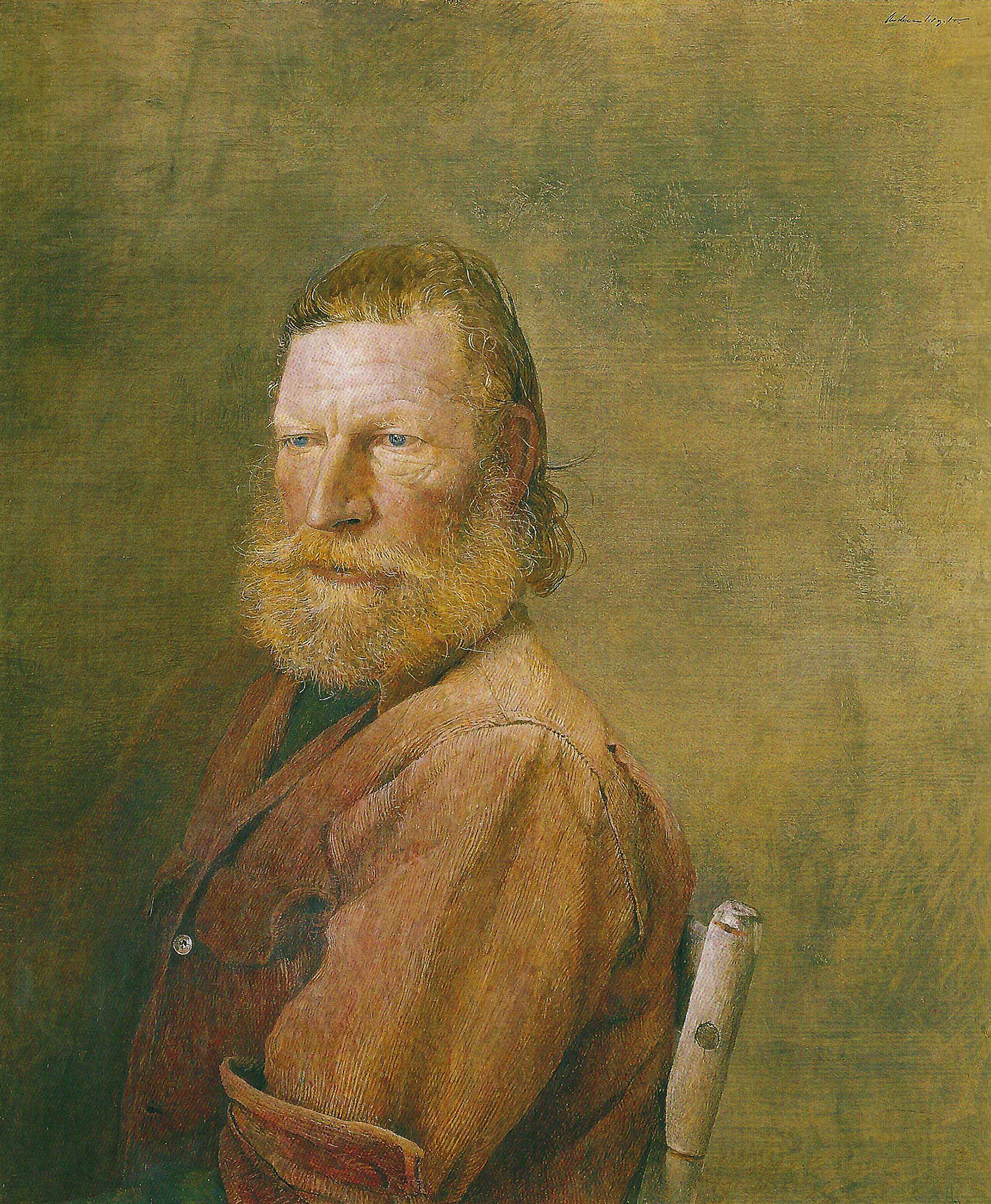
Andrew Wyeth "Sea Dog" (1971). Tempera on composition board
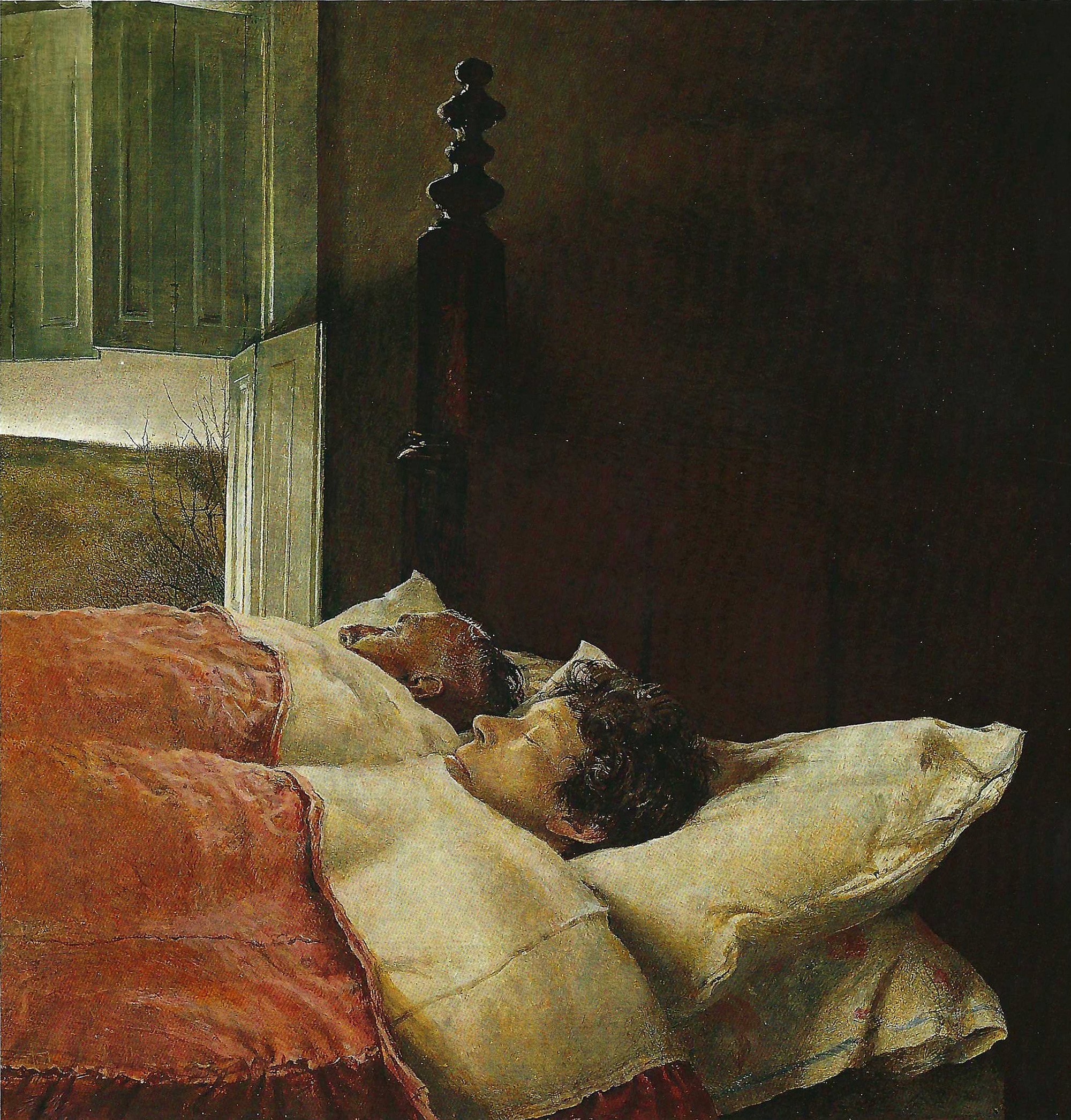
Andrew Wyeth "Marriage" (1993). Tempera on panel
“I get letters from people about my work. The thing that pleases me most is that my work touches their feelings. In fact, they don’t talk about the paintings. They end up telling me the story of their life or how their father died.” Andrew Wyeth





1 Comment
An American icon, Mr. Wyeth, and his paintings have a story “underneath” them that are both mysterious and often sad. I’ve seen his works in Brandeywine and in Maine. Legendary American family of painters.